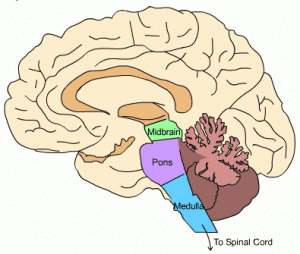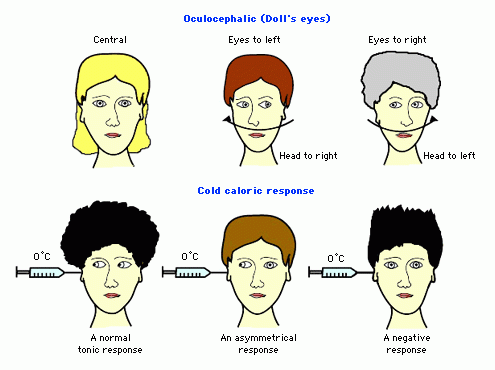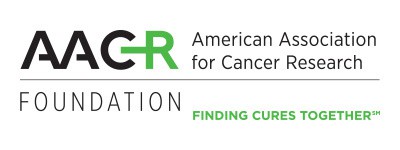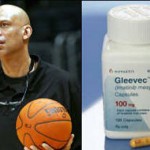Usher’s Stepson Declared Brain Dead After Jet Ski Accident

Usher‘s stepson, Kile Glover (son of estranged wife Tameka Foster) was seriously injured in a jet ski accident this weekend. The 11-year-old was sitting in an inner tube on Lake Lanier (in Atlanta, GA) when he was hit in the head.
He was unconscious when pulled from the water.
TMZ is reporting that Kyle has not experienced any brain activity since he was admitted to the hospital. Usher and Foster have been at the child’s bedside since his arrival at the hospital.
It is not known whether a decision to withdraw life support has been made at this time.
What is Brain Death?
In the past, it was easy to say when a person was dead. When their heart stopped beating, they were dead. However, with the development over the last half-century of medical devices that can artificially maintain blood flow and breathing, the term brain death has come into use.
By definition, “brain death” is “when the entire brain, including the brain stem, has irreversibly lost all function.” Removal of assistive devices will result in immediate cardiac arrest and cessation of breathing.
 You already know that the brain is responsible for all our movement, sensations, senses and speech. But what does the brainstem do?
You already know that the brain is responsible for all our movement, sensations, senses and speech. But what does the brainstem do?
The brain stem is responsible for regulating most of the automatic functions of the body that are essential for life, including breathing, maintaining the heartbeat and blood pressure and swallowing.
The brain stem also relays all information to and from the brain to the rest of the body, so it plays a fundamental role in the brain’s core functions, such as consciousness, awareness and movement.
The causes of brain death include:
- Trauma to the brain (severe head injury caused by a motor vehicle crash, gunshot wound, fall or blow to the head)
- Cerebrovascular injury (i.e. stroke or aneurysm)
- Anoxia (a lack or blood flow/oxygen to the brain resulting from a heart attack, drowning, etc.)
- Brain tumor
How is this different from a coma or vegetative state?
A coma is a deep state of unconsciousness. A patient in a coma is totally unconscious, unresponsive, unaware, and unarousable. Patients in a coma do not respond to external stimuli, such as pain or light, and do not have sleep-wake cycles. Although a patient in a coma does not have a normal EEG, it is not completely flat (see below).
Coma results from widespread trauma to the brain. Coma generally is of short duration, lasting a few days to a few weeks. After this time, some patients gradually come out of the coma, some progress to a vegetative state, and others die.
Patients in a vegetative state are unconscious and unaware of their surroundings, but they continue to have a sleep-wake cycle and can have periods of alertness. Unlike coma, where the patients eyes are closed, patients in a vegetative state often open their eyes and may move, groan, or show reflex responses.
A vegetative state can result from diffuse injury to the cerebral hemispheres of the brain without damage to the lower brain and brainstem. Anoxia, or lack of oxygen to the brain, which is a common complication of cardiac arrest, can also bring about a vegetative state.
Many patients emerge from a vegetative state within a few weeks, but those who do not recover within 30 days are said to be in a persistent vegetative state (PVS) . The chances of recovery depend on the extent of injury to the brain and the patient’s age, with younger patients having a better chance of recovery than older patients.
After a year, the chances that a PVS patient will regain consciousness are very low and most patients who do recover consciousness experience significant disability. In general, the longer a patient is in a PVS, the more severe the resulting disabilities will be.
How is brain death determined?
There are three criteria (and one prerequisite) to determine brain death.
First, you need to know what caused the brain injury and be sure that there are no circumstances that can complicate or mask the diagnosis. This would include:
- problems with severe electrolyte, acid-base or endocrine disturbances (such as a diabetic coma)
- no drug intoxication or poisoning
- the patient’s core body temperature must be above 90° F (32° C). Normal body temperature is 98.6° F (37° C).
The three main criteria in brain death are
- Coma or unresponsiveness:
- Absence of brainstem reflexes
- Apnea (inability to breath)
How are these tested?
Coma is tested by looking for a reaction to painful stimuli, such as pressing hard on the nailbeds or above the eyes.
 Lack of brainstem reflexes are evaluated by:
Lack of brainstem reflexes are evaluated by:
- No response of the pupils when a bright light is shone into them
- No deviation of the eyes when cold water is put into the ear canal (see right)
- No oculocephalic reflex (dolls eyes manuever- see right)
- No gag reflex
- No cough reflex if the intubated patient has the trachea suctioned
- No corneal reflex- patient blinks when the cornea is touched with a cotton swab
- No facial grimace when the nailbeds are squeezed
An apnea test is done to determine whether a patient can breathe on his own.
The patient is hooked up to a pulse oximeter ( a machine that determines the amount of oxygen in the blood). Then the patient is disconnected from the ventilator for a set period of time.
The amount of oxygen and carbon dioxide in the blood in monitored as well as watching the patient for any signs that they have started breathing on their own. A drop in oxygen levels and rise in carbon dioxide without any respiratory effort by the patient confirms that apnea is present.
Although it may not be legally required, an EEG (electroencephalogram) which measures the electrical output of the brain may be done to support the diagnosis.
In brain death, the normal electrical activity of the brain (left side of diagram) becomes flat (right side). Some localities require two EEG’s 24 hours apart.
Why is it important to determine brain death?
For the patient and family:
For the family, determining brain death confirms that their loved one has, in fact, died. The heart and lungs are maintained only through medical means and that there is no chance of recovery. It allows the family to move on to the next stage of their grieving.
For the patient, further unnecessary, invasive and expensive treatment is avoided.
For others:
A patient who is brain dead, whose body is otherwise “healthy” can become an organ donor, who can help so many others with life-threatening conditions. This is truly a wonderful gift, and can make the family feel that some good has come out of a tragic situation.
Our thoughts go out to Usher and his family at this difficult time.
























0 comments